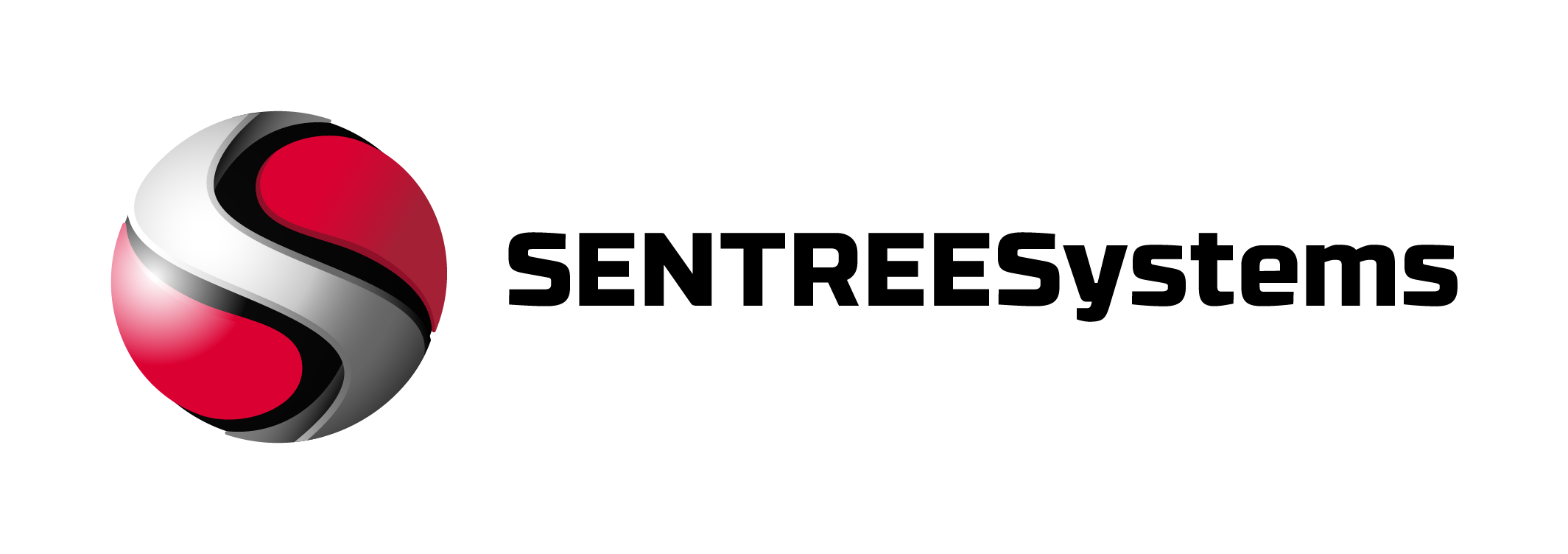Looking for information about the future of AI in small business cybersecurity? This analysis focuses on actionable trends that matter now, not speculative technology. AI cybersecurity future trends show both promise and peril for resource-constrained organizations in 2025.
Key Takeaways
- AI-powered attacks are becoming sophisticated enough to fool experienced employees
- Managed security services provide the most practical AI defense pathway for SMBs
- Employee training remains the highest-ROI cybersecurity investment at 425% annual return
- Zero Trust principles can be implemented gradually without massive upfront costs
- Behavioral analytics tools are now accessible through subscription models
What should a small business deploy first for AI-powered security?
Employee training combined with multi-factor authentication provides immediate protection against the majority of AI-enhanced attacks.
A 45-person accounting firm noticed suspicious login attempts during tax season. After implementing quarterly phishing simulations and MFA across all systems, they identified and blocked three AI-generated social engineering attempts within six months. Their cyber insurance premium dropped by 15%.
I’ve worked with over 200 small businesses implementing cybersecurity frameworks, focusing on practical solutions that work within real budget constraints.
How AI cybersecurity future trends reshape defense strategies
Understanding AI-powered threats
Cybercriminals now use generative AI to create convincing phishing emails, deepfake voice calls, and personalized social engineering attacks. Harvard research shows that 60% of participants fell victim to AI-generated phishing attempts, compared to 14% for traditional phishing.
These attacks bypass traditional signature-based defenses because they’re unique each time. An AI system can generate thousands of variations on a phishing email, each slightly different but equally convincing.
The managed security services opportunity
Most small businesses lack the budget for dedicated security staff. Managed Detection and Response (MDR) services bridge this gap by providing 24/7 monitoring and expert incident response through subscription models.
SMBs represent the fastest-growing segment for MDR adoption. Cloud-based deployment eliminates infrastructure requirements while AI-powered analysis scales beyond what internal teams could manage.
Behavioral analytics becomes accessible
User and Entity Behavior Analytics (UEBA) tools now detect insider threats and compromised accounts by analyzing patterns rather than signatures. Machine learning algorithms achieve 85% accuracy in identifying ransomware attacks by analyzing network traffic patterns.
EDR vs XDR: Which AI-powered solution fits your business?
EDR (Endpoint Detection and Response)
Focuses on individual devices, analyzing file behavior and process execution. Good for businesses with primarily on-premises operations and limited cloud usage.
XDR (Extended Detection and Response)
Correlates data across endpoints, networks, and cloud services. Better for hybrid environments where employees work remotely and use cloud applications.
UEBA (User and Entity Behavior Analytics)
Tracks normal user patterns and flags anomalies like unusual login times or file access. Essential for detecting compromised credentials and insider threats.
SIEM/SOAR vs MDR/MSSP
SIEM/SOAR platforms require internal expertise to manage effectively. MDR/MSSP providers handle the complexity for you, making them more practical for resource-constrained organizations.
NIST CSF mapping
Identify: Asset inventory and risk assessment. Protect: Access controls and employee training. Detect: Continuous monitoring and anomaly detection. Respond: Incident response planning and communications. Recover: Business continuity and lessons learned. For healthcare organizations, these controls support HIPAA Security Rule requirements for administrative, physical, and technical safeguards.
AI security tools comparison for small businesses
| Control | What it does | Notes for SMBs |
|---|---|---|
| AI-enhanced email security | Analyzes language patterns, sender behavior, link reputation | Critical first defense; high ROI for phishing prevention |
| Endpoint (EDR) | Behavioral analysis, automated threat response, file rollback | Essential for remote workers; choose cloud-managed versions |
| XDR | Cross-platform correlation, advanced threat hunting | Best through managed services; complex to operate in-house |
| Network analytics | Traffic pattern monitoring, lateral movement detection | Valuable for larger SMBs with complex networks |
| MDR service | 24/7 monitoring, expert analysis, incident response | Most practical AI security option for resource-constrained orgs |
What does AI cybersecurity cost for a 25–50 person business?
Monthly costs typically range from $3,000 to $8,000 for comprehensive AI-powered security services (as of December 2024).
- Email security with AI analysis: $3–8 per user monthly
- Endpoint protection with behavioral analytics: $6–15 per user monthly
- Network monitoring and UEBA: $10–25 per user monthly
- MDR services: $2,000–5,000 base monthly fee plus per-device charges
Measure ROI through reduced incident response time (from days to hours), decreased false positive alerts, and avoided breach costs. CISA’s incident cost calculator helps quantify potential savings. The NIST Cybersecurity Framework provides guidance on measuring security program effectiveness.
Implementation challenges for AI cybersecurity future trends
Technical barriers
Legacy systems often can’t support modern AI security tools. Prioritize cloud-based solutions that work alongside existing infrastructure rather than replacing it entirely.
Integration complexity increases with each additional security tool. Choose platforms that consolidate multiple functions rather than implementing point solutions.
Skills and training gaps
Most small businesses lack cybersecurity expertise. This makes managed services more valuable than sophisticated tools that require expert configuration.
83% of SMBs report inadequate employee training on AI security risks. Regular phishing simulations and security awareness programs address the human element of AI-powered attacks.
Budget constraints and ROI concerns
Security spending growth has slowed to 4% annually while attack frequency increased 58%. Focus investments on high-impact areas: employee training, managed detection services, and foundational controls like MFA.
Strategic implementation roadmap
Phase 1: Foundation (Months 1-3)
Implement MFA across all systems, establish password policies, deploy basic endpoint protection, and begin employee security training programs.
Phase 2: Detection (Months 4-6)
Add AI-enhanced email security and behavioral analytics through managed services. Focus on tools that reduce false positives while maintaining high detection rates.
Phase 3: Response (Months 7-12)
Implement automated incident response capabilities and integrate security tools for coordinated threat management. Consider MDR services for 24/7 monitoring.
Phase 4: Optimization (Ongoing)
Fine-tune behavioral baselines, expand Zero Trust principles, and regularly assess emerging AI-powered threats and defenses.
Conclusion
The ai cybersecurity future trends point toward managed services as the most practical defense strategy for small businesses. AI-powered attacks are becoming more sophisticated, but AI-powered defenses are also becoming more accessible through subscription models and cloud deployment.
Success requires balancing immediate protection with long-term strategy. Start with foundational controls and employee training, then gradually add AI-powered detection and response capabilities through trusted managed service providers.
FAQ
Can small businesses really defend against AI-powered cyberattacks?
Yes, but success requires focusing on managed services rather than building internal capabilities. AI cybersecurity future trends favor organizations that leverage expert-managed platforms over those attempting to handle complex AI security tools independently.
What’s the most cost-effective AI security investment for SMBs?
Employee training delivers the highest ROI at 425% annually, followed by managed detection and response services that provide 24/7 AI-powered monitoring without requiring internal expertise.
How can small businesses evaluate AI security vendors?
Look for clear SLAs on response times, low false positive rates, integration capabilities with existing tools, and transparent pricing based on organization size rather than complex feature tiers.
Is cyber insurance enough protection against AI-powered attacks?
Insurance helps with recovery costs but doesn’t prevent attacks. Most policies now require specific security controls like MFA and employee training as coverage prerequisites.
Should small businesses worry about AI bias in security tools?
Quality AI security platforms undergo bias testing and provide explainable results. Work with vendors who can demonstrate how their algorithms make decisions and offer appeal processes for flagged activities.
How often should AI security tools be updated?
Cloud-based managed services update continuously without user intervention. This is why subscription models often provide better protection than on-premises tools that require manual updates.
What regulatory requirements affect AI cybersecurity for small businesses?
Requirements vary by industry and location, but most mandate incident notification timelines, data protection standards, and supply chain risk management. AI tools can help automate compliance reporting and monitoring.



